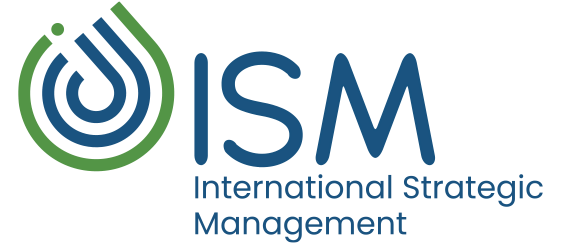Small Businesses & Economic Development
Image from Unsplash by Brandy Kennedy
Working in the economic development arena for a number of years now, I’ve come to see that the term “small business” varies in meaning. Most of the time, economic development people use the term to indicate businesses with 10–50 employees. Some even stretch it to mean up to 400 employees, which are the businesses they most hope to attract.
They rarely look at building a base of start-ups or solopreneur-type businesses — those local folks who could benefit the most from investment, training, and other assistance. Many economic development groups were never provided tools to help them understand how to support the ideas of small business owners.
It helps, in my way of thinking, to remember that today’s global conglomerates began — in most cases more than a century ago — as very, very small businesses.
Imagine for a minute if I asked you to hang a picture. I give you nails, but no hammer, and say “Go for it!” While you may find something to use as a hammer, most likely you’re not going to do a great job, and it won’t be as strong as it should be to hold that picture on the wall.
Now imagine I give you a hammer, a stud finder, a drill or a wood screw, a tape measure, and a diagram of what I want. Will the results be significantly better?
Down-to-the-detail tools and insights can help economic developers do a better job assessing and supporting the truly small businesses — those that are 50 employees or less, and in many cases, 10 employees or less.
Things such as tax credits or land development incentives attract larger companies. For the person running a truly small business those ideas usually don’t mean much.
What means a lot to them is what we call economic gardening — providing the small business owners support when and as they need it and meeting them where they are in order to help them get to where they want to go.
When I talk about economic gardening, I also think about training programs, micro-funding programs, offering opportunities for networking beyond the sales networking or the Chambers of Commerce. They are all needed, but they are only part of the solution, not the total answer.
Creating a culture for small business owners of 10 or less employees, rewarding them, finding ways for them to grow their business, or exit their business in a meaningful way, without feeling they have failed.
A mechanism for mentorship or exchange of ideas with coaches, mentors, or advisors who have themselves been small business owners could allow this to happen in a meaningful way.
BEFORE YOU GO
We see our blogs as opportunities for dialogue. Please share your thoughts as comments.
What resources do you offer small or micro-businesses?
How are the attraction/retention resources you offer them different from those offered to larger organizations?
What other ways have you engaged startups and small biz owners in your community as part of economic development efforts?
_____
Faris Alami is Founder and CEO of International Strategic Management, Inc. (ISM). He works internationally, presenting Exploring Entrepreneurship Workshops and other entrepreneurial ecosystem — related ventures.
 USA / English
USA / English عربى
عربى Pусский / Россия
Pусский / Россия
